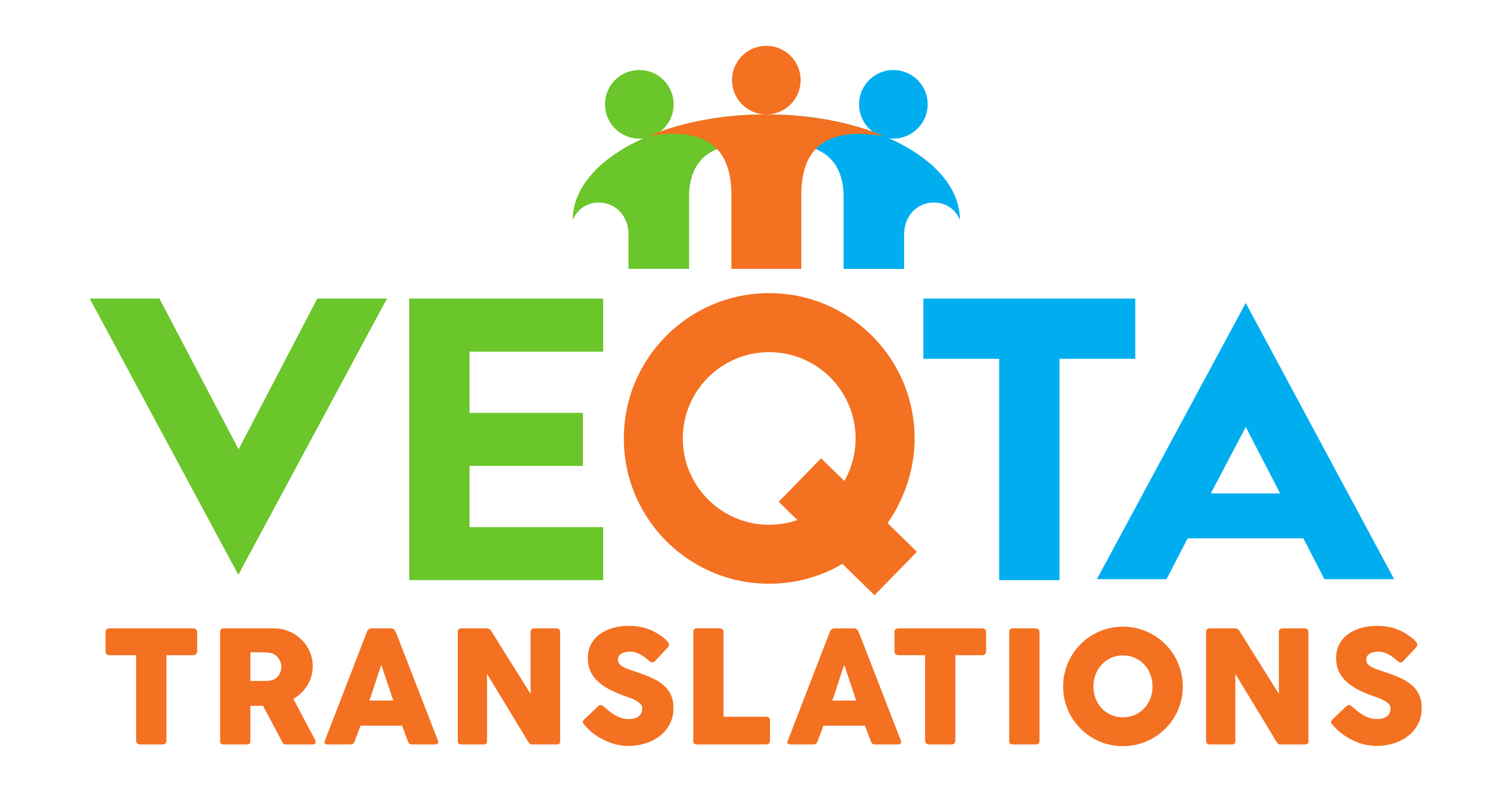Student translators face recurring challenges rooted in grammar, idiomatic use, and cultural context. Here are the ten most common mistakes observed in academic settings, and the solutions that turn these errors into growth opportunities.
1. Misinterpreting Verb Tenses
French compound past (Passé composé) does not always match English past tenses. “Je suis allé au marché” is “I went to the market,” not “I am gone to the market.”
2. Overuse of Literal Translations
Students often render idioms word-for-word. “Il pleut des cordes” means “It’s raining heavily,” not “It’s raining ropes.”
3. Ignoring Article Differences
French articles (le, la, les) appear more often than in English. Translating “le chocolat” as “the chocolate” when referring to chocolate generally is unnatural — “chocolate” alone suffices.
4. Confusing False Friends
Words like actuel (current), sensible (sensitive), or prétendre (to claim) can easily mislead. Awareness of context prevents distortion.
5. Mismanaging Gender and Pronouns
French gender rules can produce awkward English renderings like “The student finished her homework” when gender is unspecified. English prefers neutral phrasing.
6. Misplaced Adjectives
French adjective order differs — “un homme grand” vs. “un grand homme” (a tall man vs. a great man). Understanding this nuance avoids mistranslations.
7. Incorrect Negation Handling
Translating “ne…pas” directly can cause confusion. “Je ne fume pas” means “I don’t smoke,” not “I not smoke.”
8. Overusing Passive Voice
Because French tolerates more passivity, literal renderings like “It was decided that…” can sound stiff in English. Prefer active constructions.
9. Failing to Adjust Register
Formal French openings like “Je vous prie d’agréer, Monsieur, l’expression de mes salutations distinguées” become “Yours sincerely” in natural English.
10. Missing Contextual Meaning
Translation requires situational awareness — for example, “Bonjour” can mean “Hello” or “Good morning” depending on time and tone.
Conclusion:
Awareness of structural and idiomatic contrast transforms students from word-for-word translators into nuanced and professional French to English translators. Real fluency arises when one can balance grammar mastery with cultural intuition.
FAQs:
What is the most common French-to-English student error?
Misinterpreting tenses and idiomatic expressions.
Why is literal translation a problem?
It sounds unnatural and may distort meaning.
How can students practice effectively?
Through bilingual reading and professional translation exercises.
What helps improve fluency?
Reading native English materials and reviewing context-based examples.
Should students rely on AI translation?
Only for reference — not as a replacement for human understanding.


